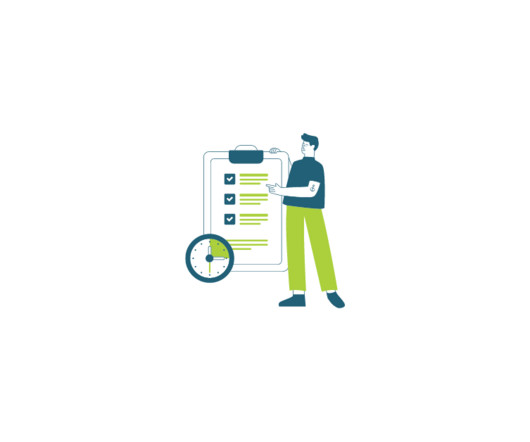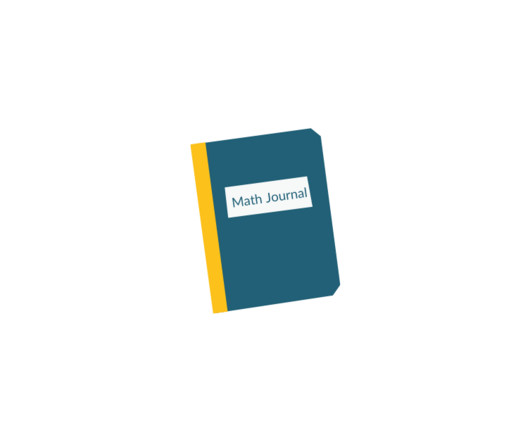The Station Rotation Model: Must-Do vs. May-Do Stations
Catlin Tucker
APRIL 15, 2024
This twist on the station rotation model combines the strategic collection and use of data with student agency to create a more personalized and student-centered approach to this blended learning model. In a traditional station rotation, all students rotate through the same sequence of learning activities or stations.











Let's personalize your content